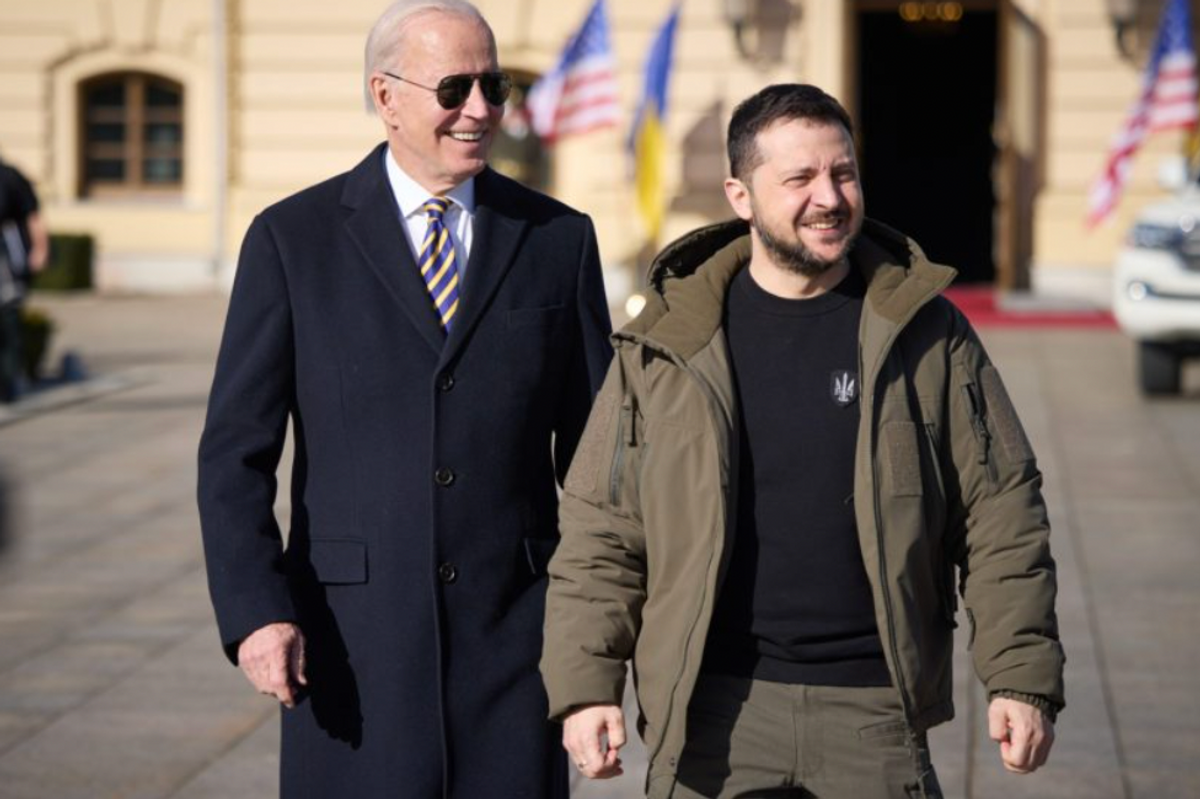
By Richard A. Serrano, Tribune Washington Bureau (TNS)
BOSTON — From the witness stand at the Boston Marathon bombing trial, the city’s chief medical examiner slipped on a pair of white latex gloves Monday and gingerly prowled around in a large cardboard box.
It was no accident that Dr. Henry Nields was the government’s final witness in the first phase of the capital murder trial of Dzhokhar Tsarnaev. Before resting the government’s case, a somber assistant federal prosecutor methodically led Nields to slowly pull item after item from the box and show each one to the jury.
The contents told, clinically and legally, the heartbreaking story of a little boy’s death.
Martin Richard, 8, was one of three spectators to die from the twin pressure-cooker blasts near the marathon finish line on April 15, 2013. He wanted to be a runner someday, like his father, but instead became the smallest victim of the worst terrorist attack in the U.S. since Sept. 11.
No other sound was heard in the courtroom as Nields and prosecutor Nadine Pellegrini went over the boy’s clothing and discussed his injuries and death.
When a series of autopsy photos was shown, some jurors wiped at tears. Others appeared angry; all looked shaken.
Nields began by describing Martin as 53 inches tall and 69 pounds.
Peering into a box marked Government’s Exhibit 1592, Nields pulled out Martin’s long-sleeve green T-shirt, bloodied and torn, with a gash on the left side. He took out a gray short-sleeved undershirt with the New England Patriots logo across the chest, also gashed on the left side.
He held up Martin’s black belt. Someone had used it as a tourniquet to try to stop the boy’s bleeding from his nearly severed left arm.
He held up Martin’s black jacket, again with the gash on the left. Finally, with two hands, Nields displayed the boy’s black-and-blue running shoes.
Martin had come to watch the marathon with his family, including his 6-year-old sister, Jane, who lost a leg. His mother, Denise, lost part of her vision. She and his father, Bill, were in the courtroom Monday.
Pellegrini questioned Nields in detail about the boy’s injuries.
There were four abrasions on his face, others behind his left ear and another on his neck. His upper chest and abdomen were nearly torn apart. Pieces of his small intestines were exposed. Two ribs were fractured, his left kidney torn and exposed, and his liver lacerated.
The boy’s spleen and pancreas were cut, and his abdominal aorta was lacerated. “Most of (the aorta) was cut in half,” the doctor told the jury. “But not completely.”
Martin’s right lung was damaged and his lower spine broken and torn. His legs, arms and hands were covered in cuts and bruises. So was his back. His buttocks were severely burned. Small nails, metal pellets and a piece of wood were recovered from his right chest cavity.
Was any part of his body unscathed? Pellegrini asked.
“All of the areas had injuries,” the doctor said.
Nields identified and sometimes opened small evidence envelopes containing shrapnel from the bombs: 6-inch-long nails, three dozen wood, metal and Styrofoam fragments, and a thumb-size gray-white metal shard. Pellegrini handed some of them to the jurors.
How did Martin die? she asked.
“Cause of death was blast injuries to the torso and extremities,” Nields said. “The manner of death was homicide.”
What did that mean? she asked.
He died “essentially from loss of blood,” the doctor said.
Was it painful?
Nields was careful. Obviously the boy died within seconds. “But,” he said, “I would say overall the injuries were painful.”
Defense lawyers, who have conceded that Tsarnaev, 21, left a bomb near the boy’s feet, had no questions for the medical examiner.
Later Monday afternoon, Tsarnaev’s lawyers began to present the defense case, trying to counter government assertions that their client was an equal partner with his older brother in carrying out the bombings. The defense maintains that Tamerlan Tsarnaev, who was killed during the manhunt a few days after the attacks, cast a long shadow over his younger brother and was the mastermind behind the attacks.
To bolster that claim, the defense presented cellphone records to show that Dzhokhar Tsarnaev was not with his brother when Tamerlan Tsarnaev purchased some of the bomb parts.
Seventeen of the 30 charges against Dzhokhar Tsarnaev carry the death penalty. The defense hopes to save his life by placing the bulk of the blame on his brother.
(c)2015 Tribune Co., Distributed by Tribune Content Agency, LLC
Photo: One of the blast sites on Boylston Street near the finish line of the 2013 Boston Marathon as seen in Boston, Tuesday, April 16, 2013, one day after bomb blasts killed three and injured over 140 people. (AP Photo/Elise Amendola)


